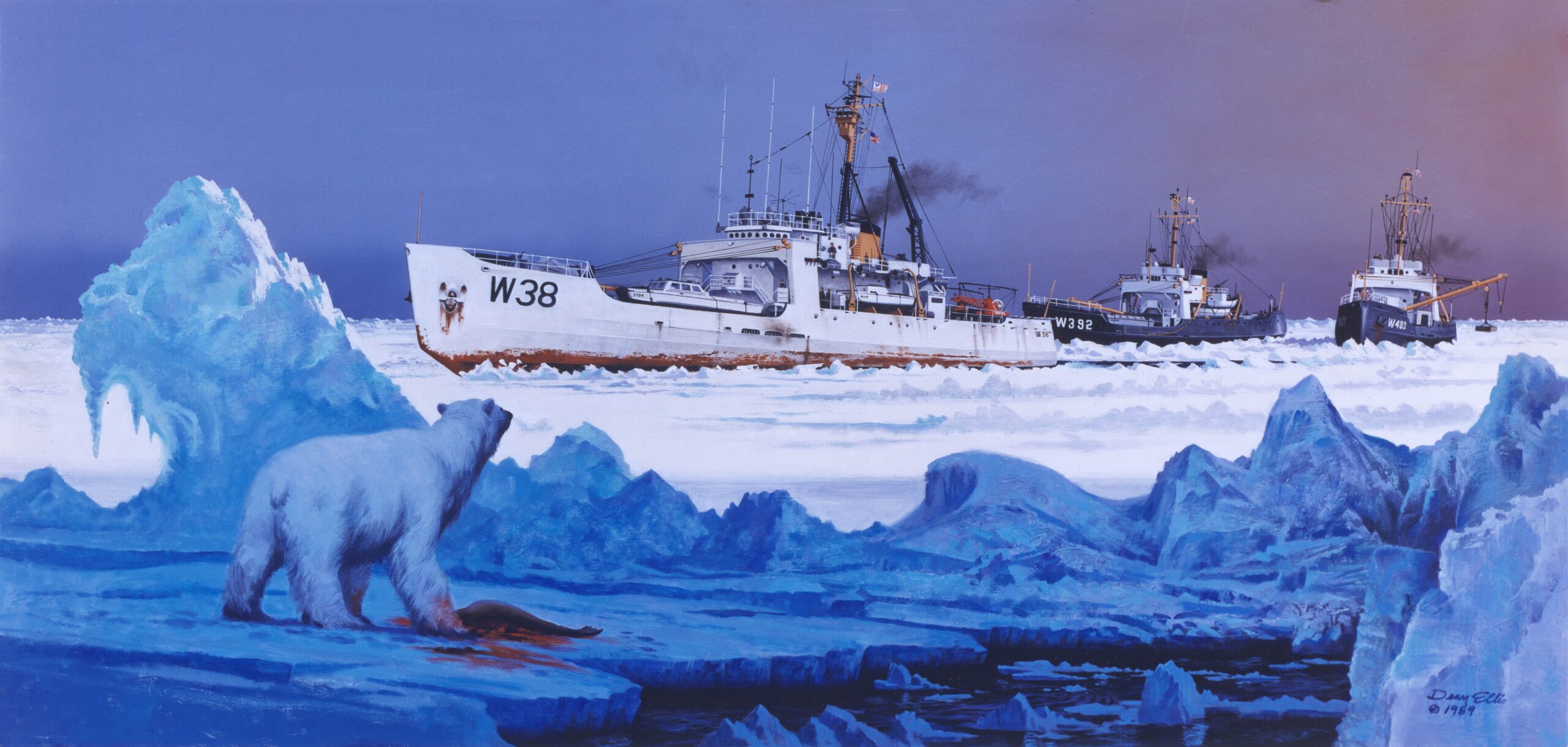-
MSSTs and MSRTs—Forged in the crucible of 9/11
—With the terrorist attacks of September 11, 2001, the War on Terror set in motion dramatic changes to the Coast Guard.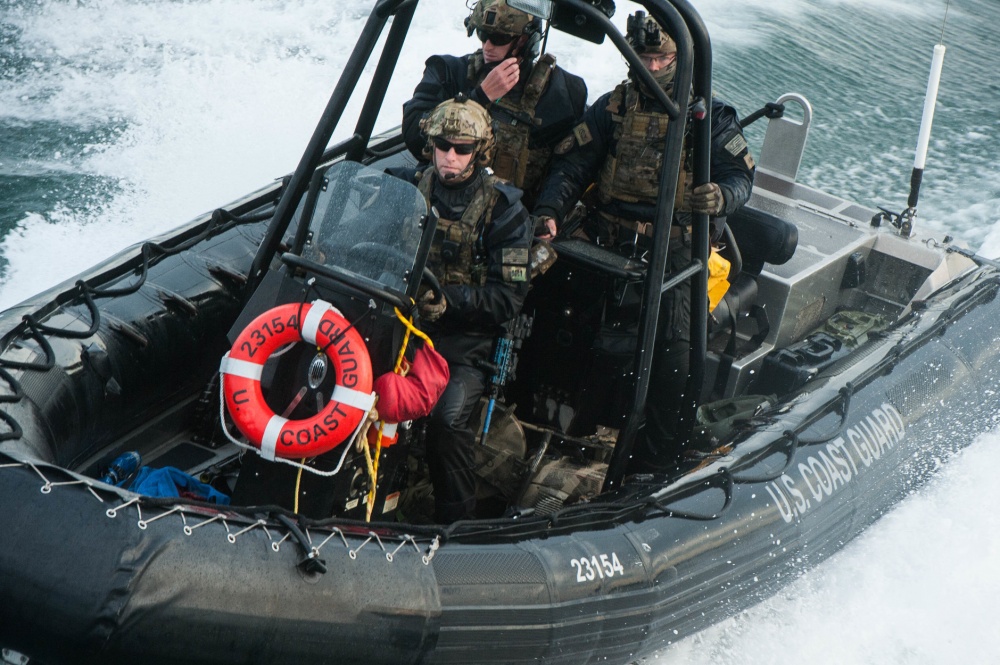
-
Recovering from the Storm
—Even before Katrina made initial landfall, the Coast Guard was closely coordinating with local vessels and the region’s maritime industry in order to help reduce loss of life and property – as well as avoid environmental impact. Beyond lifesaving, here are some of the ways the Coast Guard helped the nation recover after Hurricane Katrina.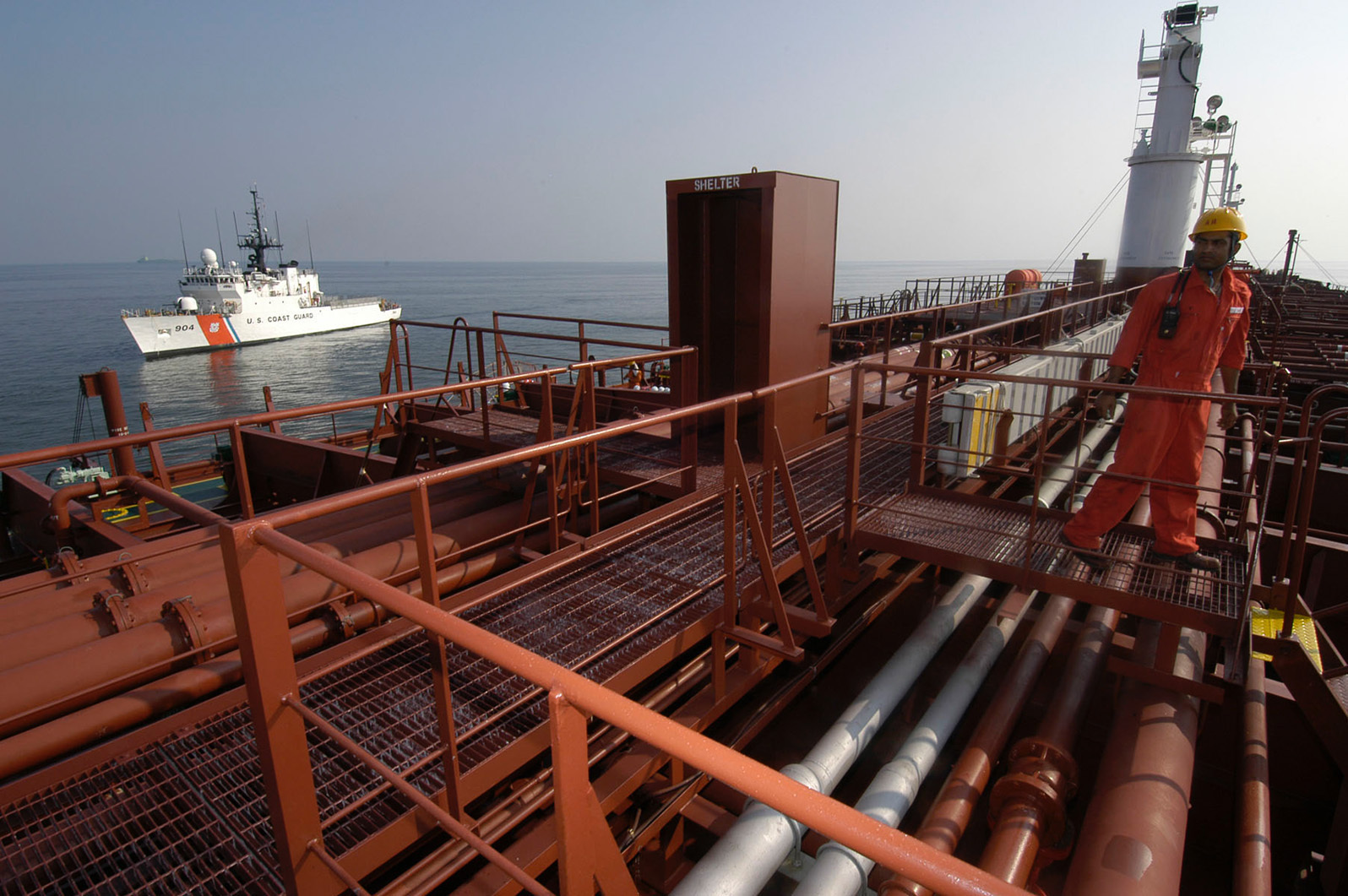
-
Rescuers on the Rio Grande: Coast Guard team saves lives at the border
—Search and rescue cases typically have a clear beginning, middle and end. Search and rescue on the Rio Grande, however, is different.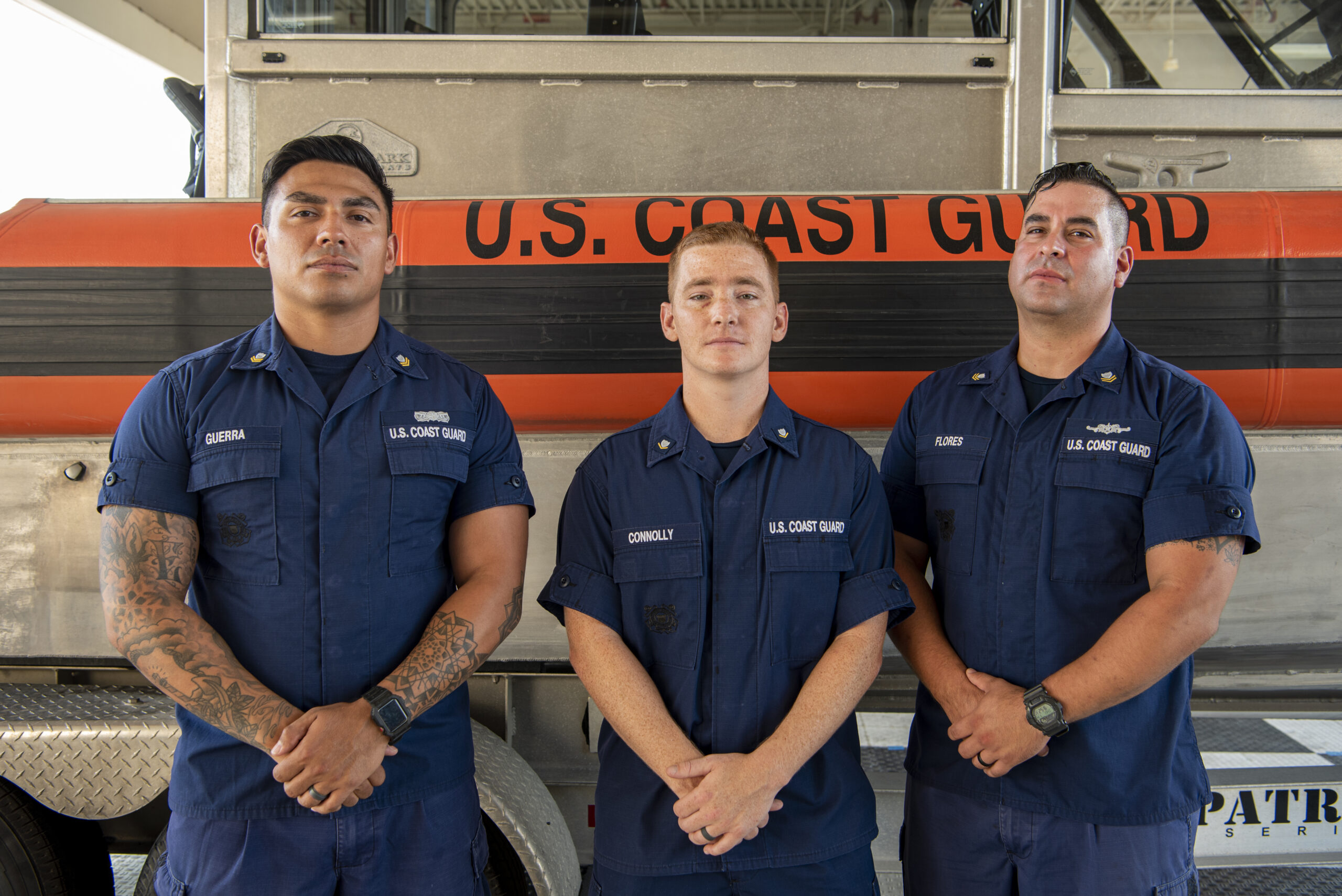
-
Arcturus: A distinguished amphibian in the history of Coast Guard aviation
—In the early 1930s, Coast Guard Commandant Frederick Billard decided to acquire state-of-the-art flying boats capable of performing rescues by landing on the open sea. The first aircraft designed from the start for Coast Guard use, these new amphibians became known as the Coast Guard’s “FLBs” (for Flying Lifeboats).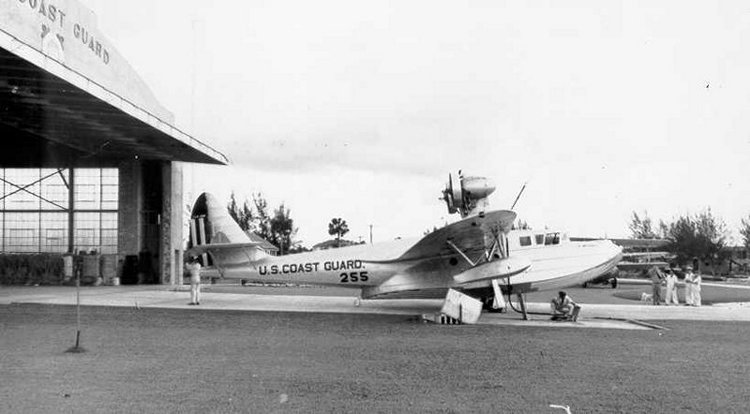
-
Prinsendam—Coast Guard’s “Miracle Rescue” over 40 years ago!
—“SOS! SOS! This is the Prinsendam. We have fire in the engine room and we are dead in the water. SOS!” The order to “Abandon ship” came shortly after 5 a.m.. The ship was beginning to list, and the captain suspected that lower decks were taking on water. The almost 500 passengers and other crewmembers had to leave.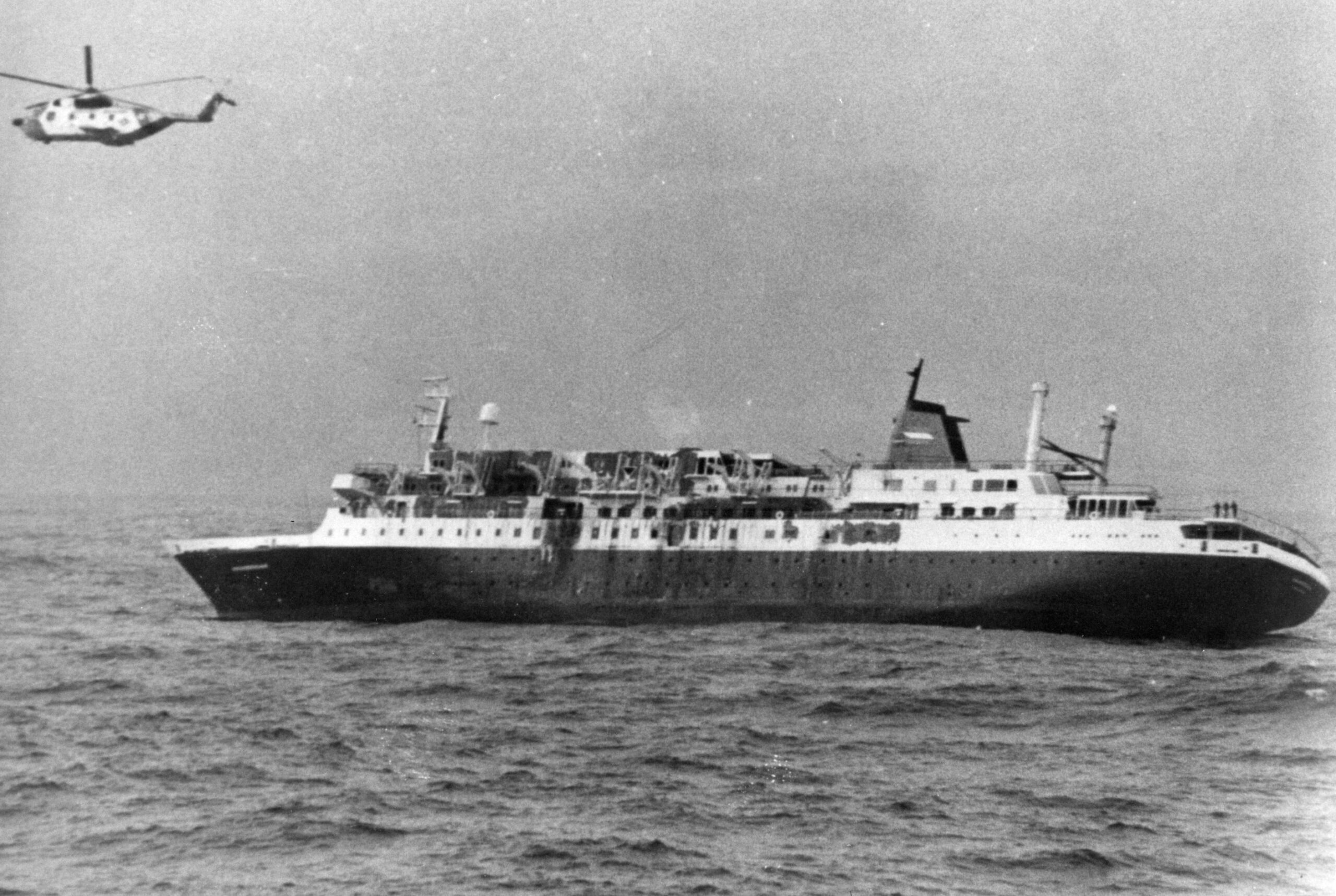
-
America’s first ice ships and icebreakers
—From fragile wooden hulls of the Age of Sail to the steel giants of the early 20th century, the U.S. Revenue Cutter Service—and later the Coast Guard—evolved to meet the icy challenges of America's northern waterways. As steam power and steel hulls unlocked frozen frontiers, cutters shifted from surviving the winter to breaking its grip. Discover how daring missions, innovative ship design, and a presidential mandate forged the legacy of America’s first icebreakers.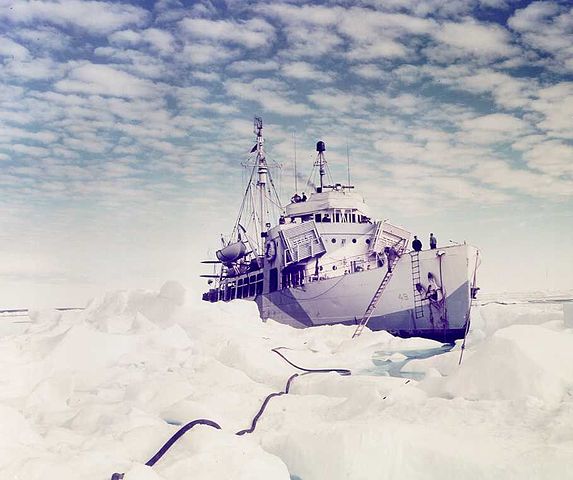
-
“Written in Blood”: Maritime disasters that shaped the Coast Guard’s Marine Safety Mission
—Those familiar with Coast Guard history know that the service’s development has been shaped by the nation’s natural and man-made disasters. Many Coast Guard missions were written in blood. Nowhere is that clearer than the marine safety mission.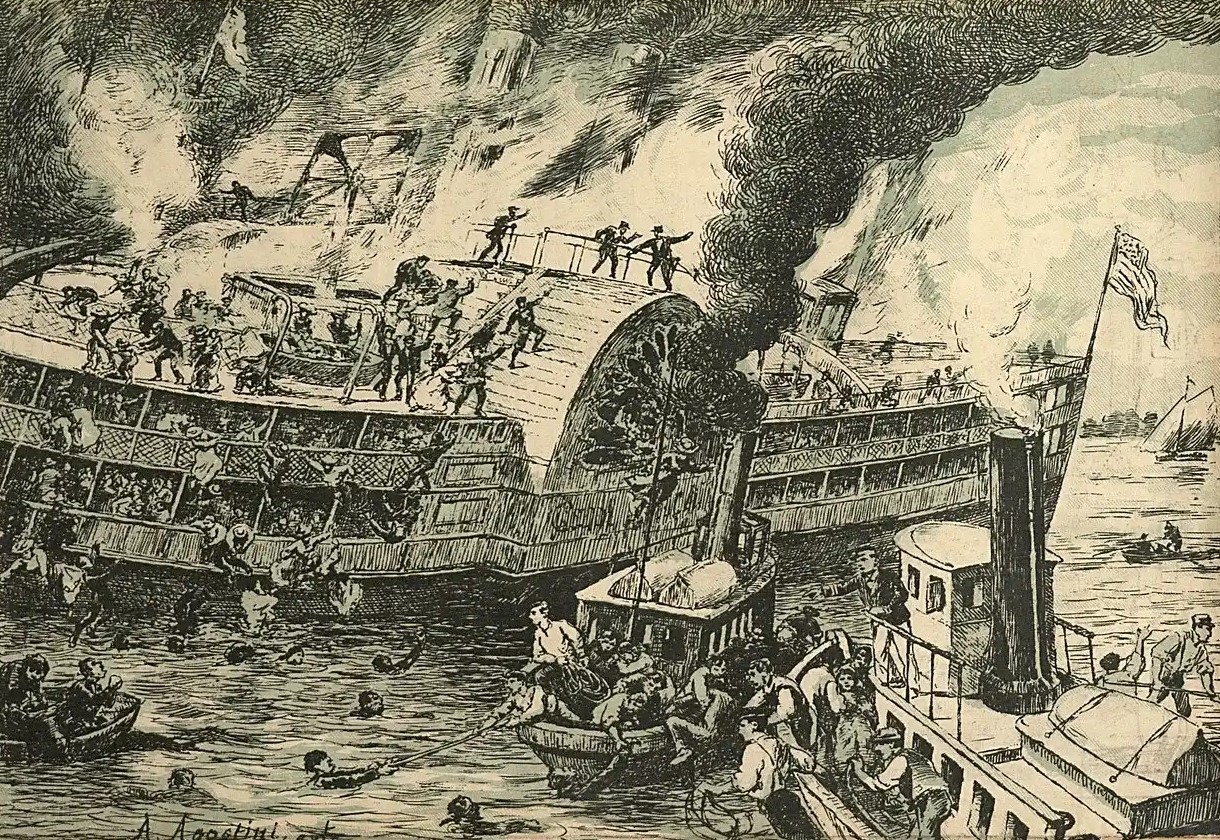
-
Remembering 9/11—a day that changed the Coast Guard forever
—The day war was declared on the Empire of Japan, President Franklin Roosevelt referred to Dec. 7, 1941, day of the surprise attack on Pearl Harbor, as “a date which will live in infamy.” Little did he know the nation would face a similar date nearly 60 years later.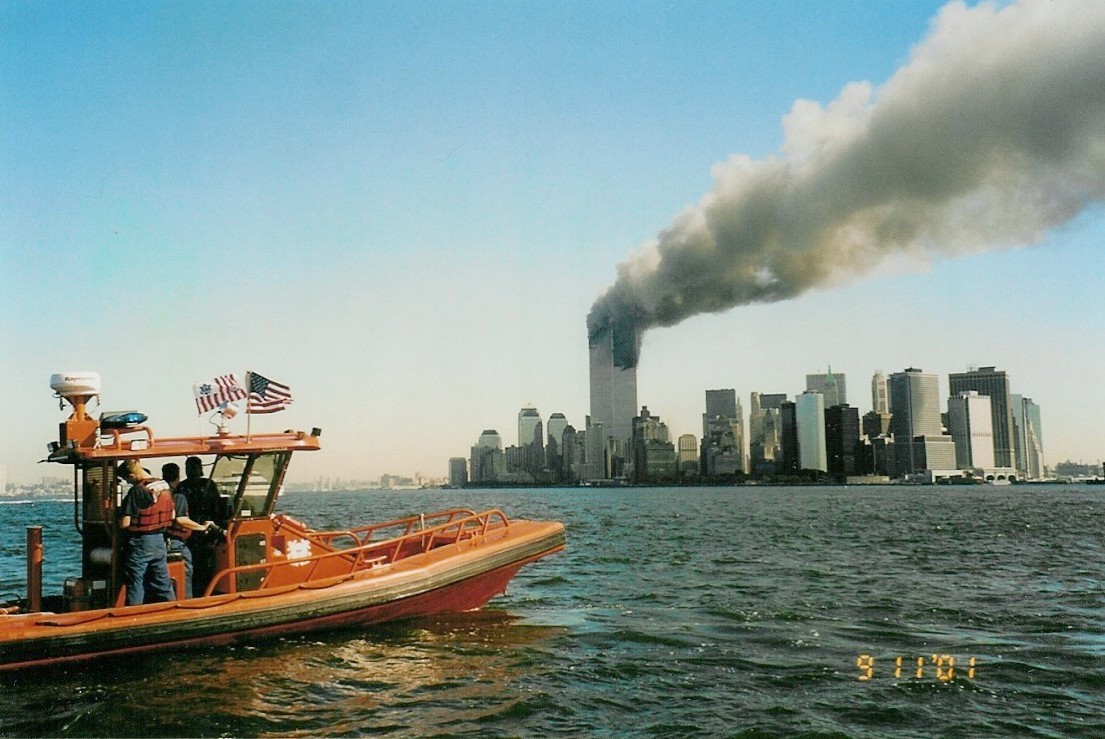
-
1957—First U.S. transit of the Northwest Passage
—The story of how three United States Coast Guard cutters successfully break through and officially chart what had become known as the fabled Northwest Passage.